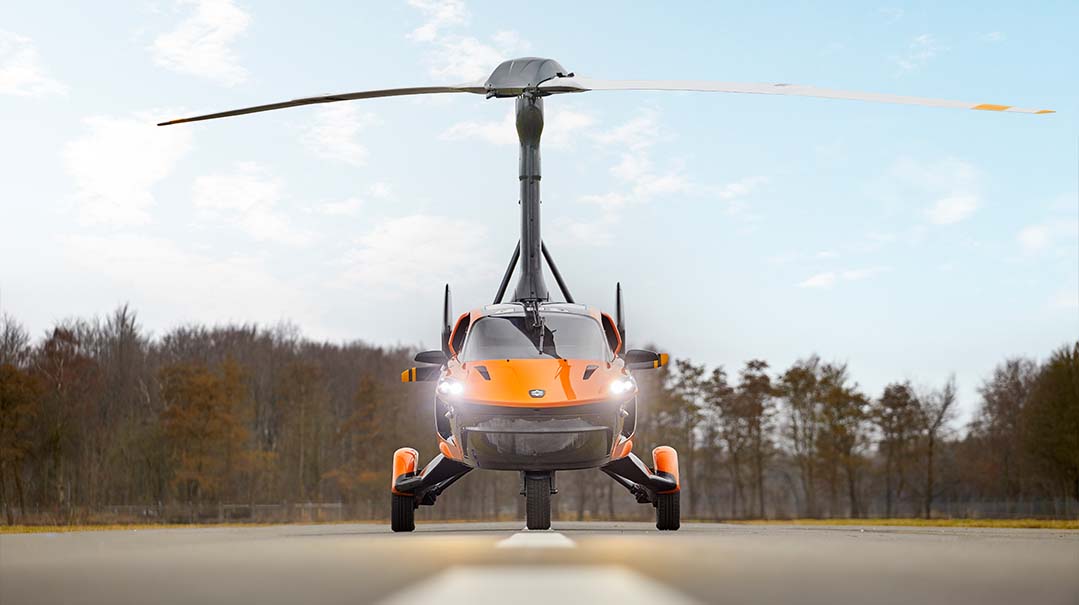Where’s My Flying Car?
| December 21, 20212022 and the Future of Transportation

Photos: PAL-V
Did you ever wonder what the future will look like?
Robot waiters serving you at your local eatery…. Cars driving on their own while you doze in the front seat…. Communities living on Mars…. People becoming invisible at will….
For years, scientists, writers, and people like you have been envisioning the world of the future. As the years march on, many things they’ve imagined became reality — microwaves heat up food in an instant, robots assist in medical procedures, and scientists orbit earth in a space station.
But one vision that has yet to become reality is the flying car.
November 7, 1946.
On the streets of Queens, crowds waited in anticipation. Necks craned skyward, but all they could see was the vast expanse of blue sky dotted by an occasional cloud.
Would he make it?
No one knew.
The roar of an engine was heard in the distance. The crowd grew silent as the steel body of the small aircraft glided across the skies.
It was the Airphibian, the world’s first certified flying car, and it captured the imaginations of thousands. With technology advancing at a dizzying pace, could a car fly?
Robert Fulton, Amphibian’s pilot and inventor, landed, stepped out of the aircraft, and waved to the crowds. Then he smoothly detached the wings and drove off, navigating the streets of New York.
And the world was left wondering. Could this be the beginning of a new era?
But by 1954, Robert Fulton’s company went bankrupt. Creating a flying car proved to be too complicated and expensive. The possibility of a flying car became more remote than ever.
Oops! We could not locate your form.





